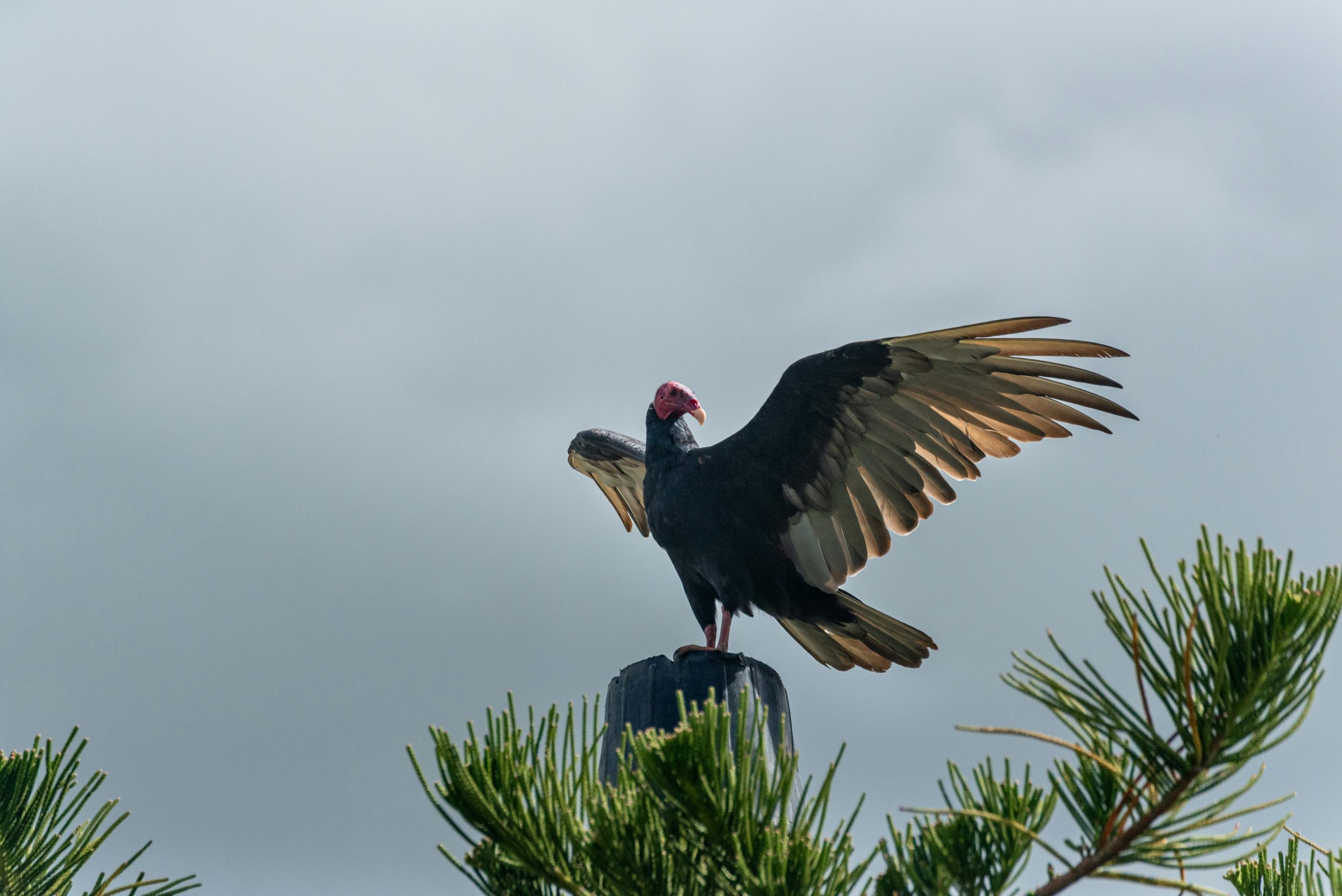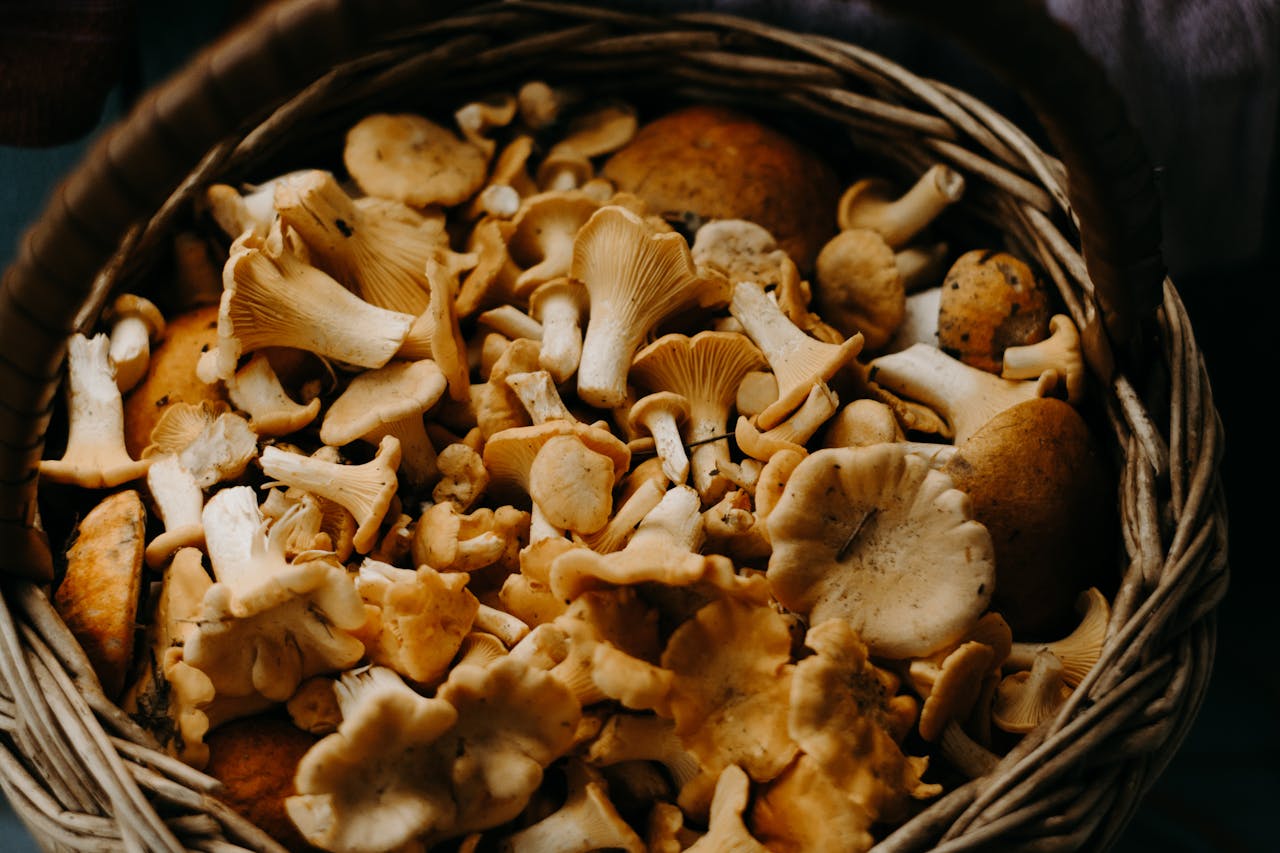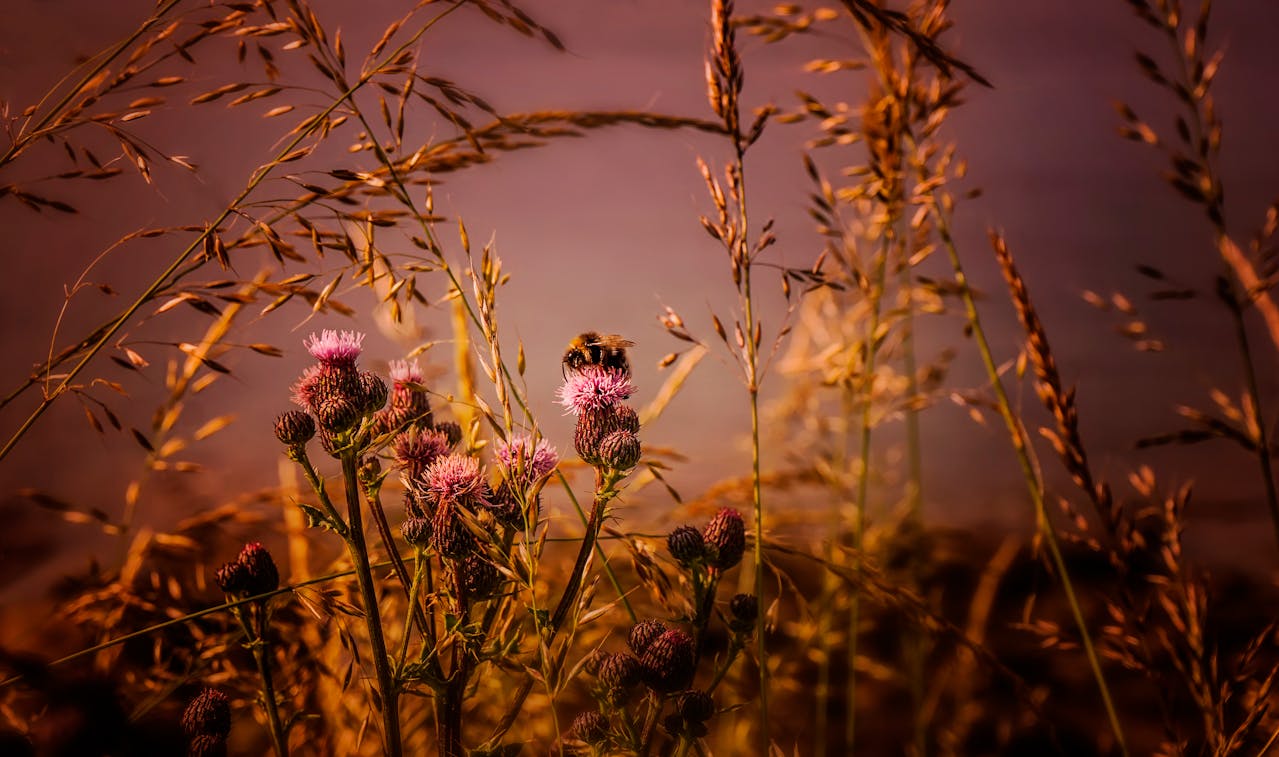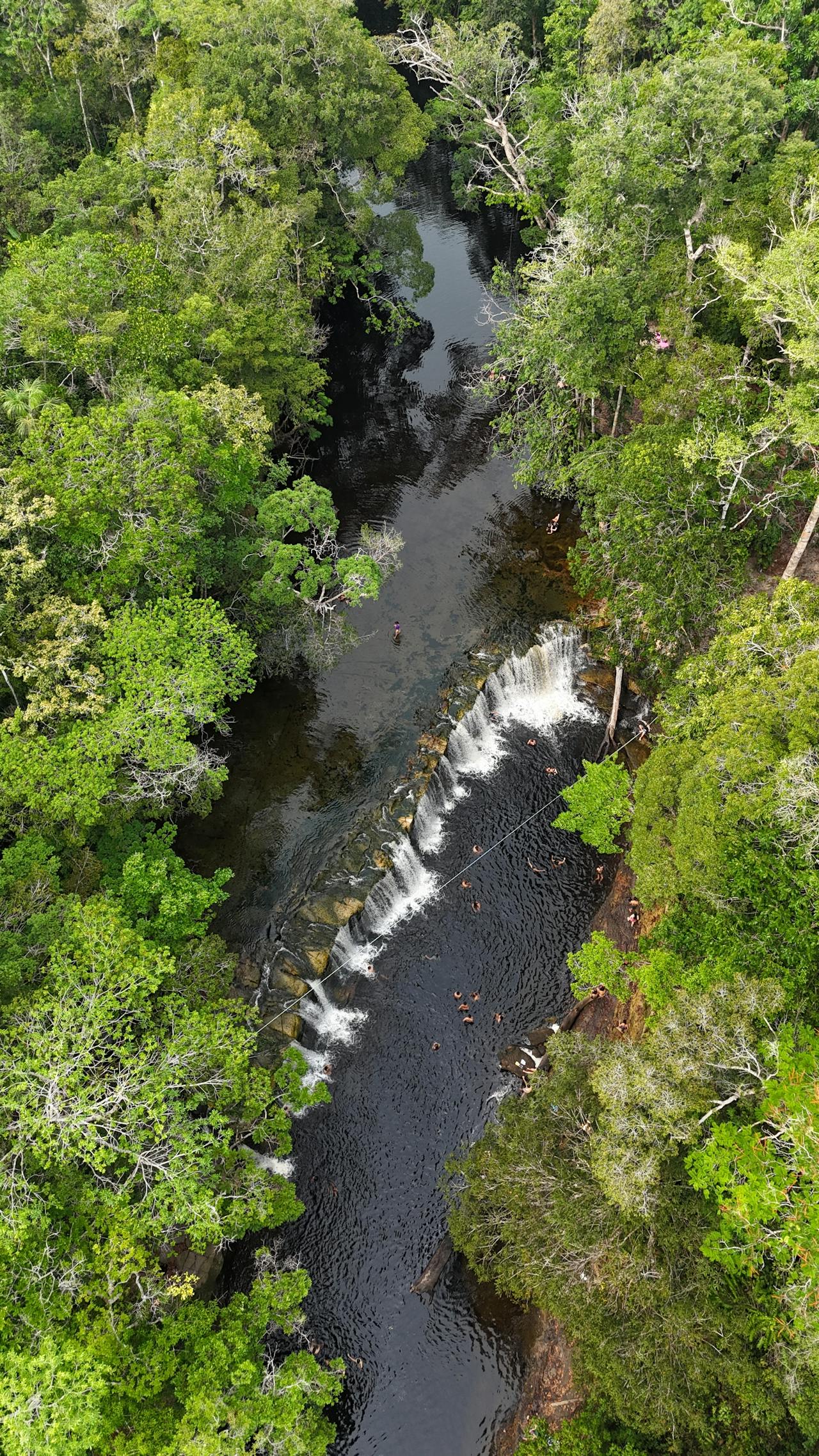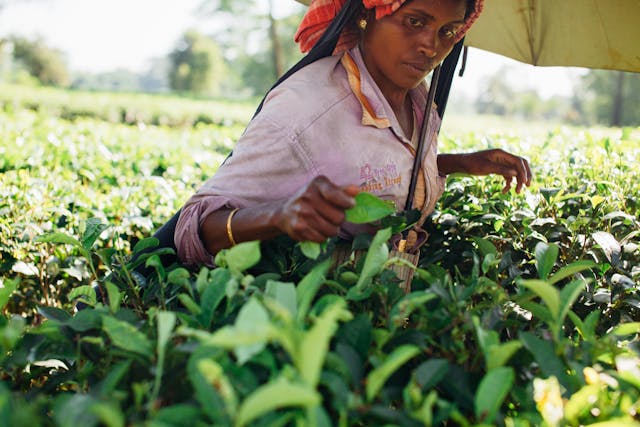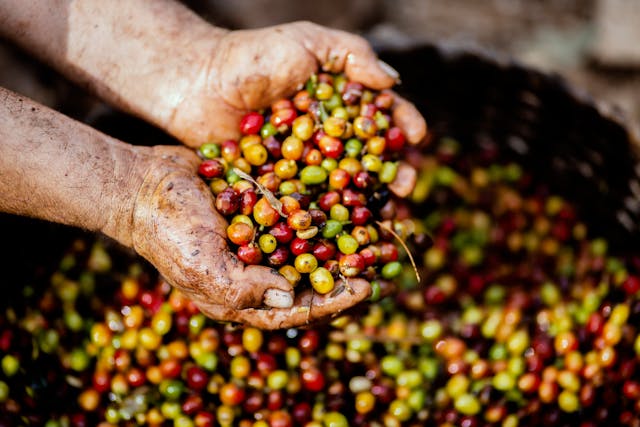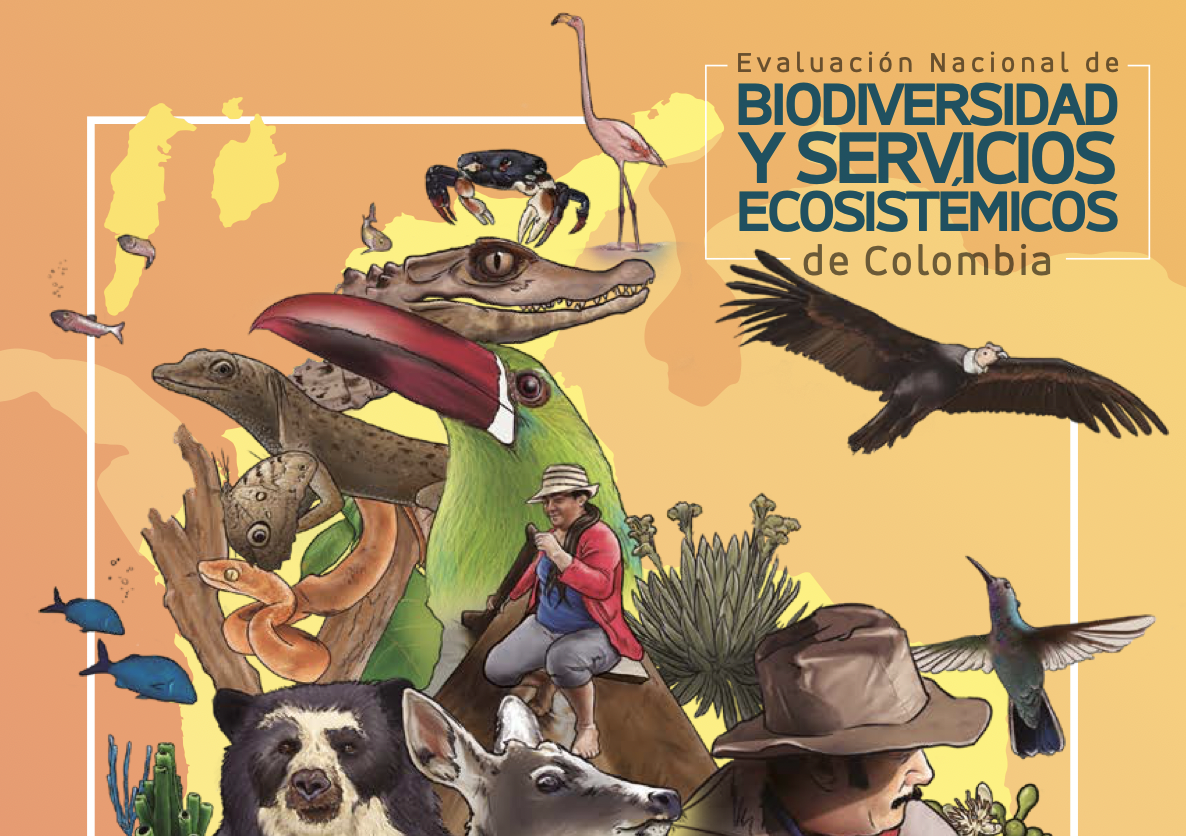We assessed the degree of pollen and fruit-dispersal limitation in the endemic gynodioecious New Zealand tree fuchsia Fuchsia excorticata over several seasons and at 17 sites throughout New Zealand. The flowers were visited mainly by two endemic honeyeaters (bellbirds and tui), and in some cases very frequently by silvereyes, which also occasionally rob nectar from flowers. We confirmed that hermaphrodites account for more than half the plants in all populations, are fully self- compatible, and can autonomously self in the absence of pollinators (especially in plants with smaller herkogamy). Fruit production in hermaphrodites and (particularly) females were frequently pollen-limited (mean Pollen Limitation Indices of 0.17 and 0.40, respectively), and was correlated with visual assessments of pollen loads on the stigma, a useful index of pollinator service. A comparison of the proportion of ripe or overripe fruit on branches exposed to birds versus branches enclosed in wire cages showed that uncaged fruit on Kapiti Island is removed almost as soon as it is ripe but on the mainland, it persists for much longer. The proportion of ripe or overripe compared to green fruit is, therefore, an approximate index of dispersal service. Both indices may be useful to managers concerned with measuring the level of mutualism service provided by native birds.
Assessing pollination and fruit dispersal in Fuchsia Excorticata (Onagraceae)
Year: 2010


























































































































































































































































































































































































































































































































